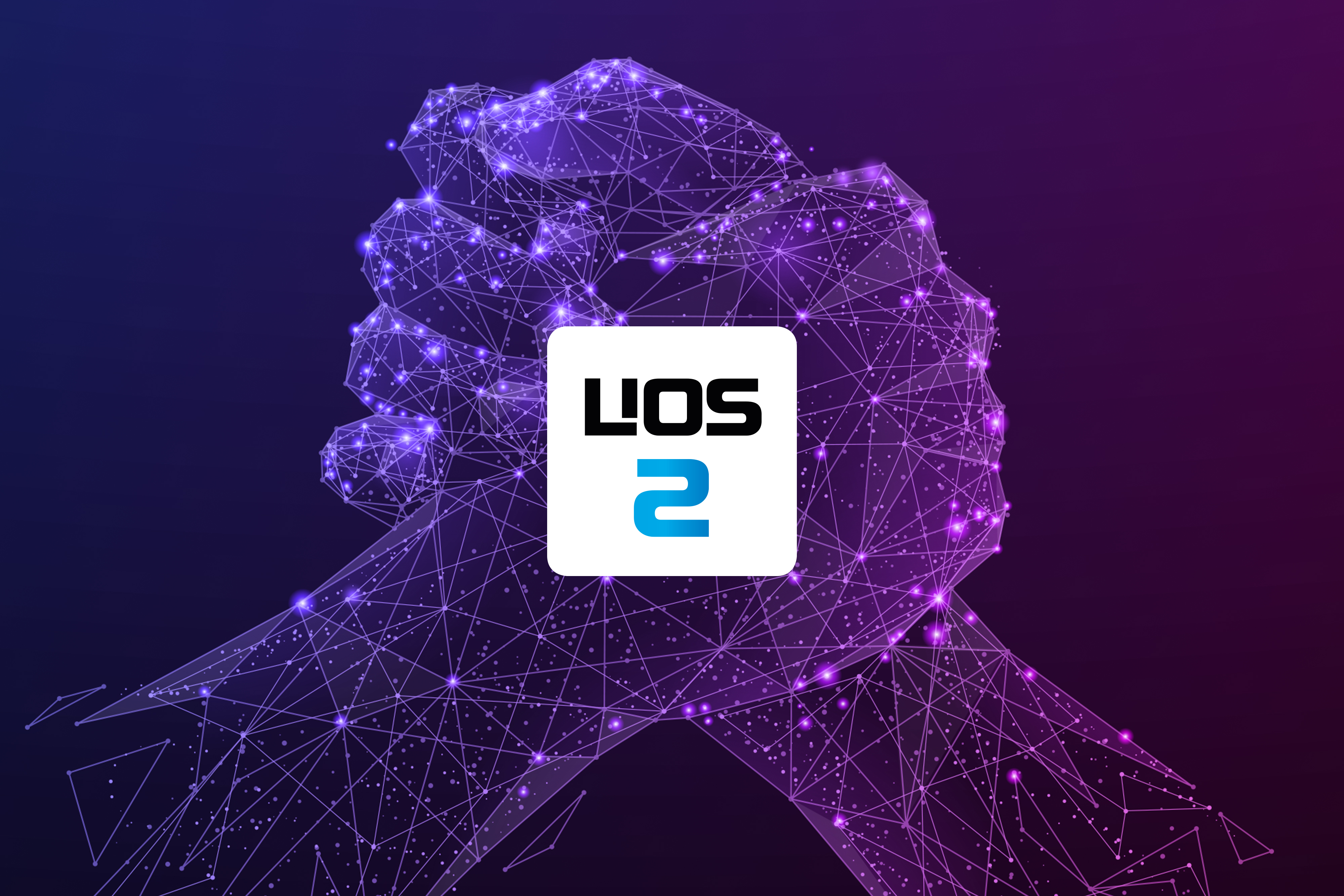ARRI Unveils New LiOS2 Software
The new software adds three new operating modes for the ARRI Orbiter LED luminaire

MUNICH—ARRI today introduced LiOS2 software, offering new Sync, Cue and Optics Auto Adjust modes, for its Orbiter LED luminaire.
The three new modes improve production workflow. Sync mode triggers light when and how the camera needs it, freeing up crew. The mode allows lighting parameters to be enabled or changed in sync with the camera frames. This includes changing frame brightness and CC (Chrominance Component) range to test a particular creative vision, the company said.
Cue mode makes it possible to have precise timing over lighting control. An operator can set key lighting parameters on time with precision. The Cue mode also enables fluid, easy light changes in different lighting modes. Five different transition options are available from the SkyPanel, it said.
The Optics Auto Adjust mode offers total color stability with any optic and any focus. Using the accessory recognition offered by Orbiter’s QLM (Quick Lighting Mount), the ARRI Spectra light engine is modified to maintain maximum color stability regardless of the configuration, including textiles, such as Softboxes or Domes, a reflector in Open Face or lenses, such as the new Orbiter Fresnel lens, ARRI said.
LiOS2 software combined with Orbiter’s new Fresnel lens also ensures color rendition across the entire zoom range of the lens, giving production crew the time to focus on other important settings, it said.
A new Orbiter language package with support for Portuguese, Japanese and Korean is available as well. Additionally, the values of the integrated color sensor in Orbiter can now be selected directly from color modes like CCT of HSI in LiOS2, the company said.
Network and remote control available in the new DMX Mode Spec V5 as well as additional features are available in the LiOS2 update, it said.
The professional video industry's #1 source for news, trends and product and tech information. Sign up below.
More information is available on the company’s website.
Phil Kurz is a contributing editor to TV Tech. He has written about TV and video technology for more than 30 years and served as editor of three leading industry magazines. He earned a Bachelor of Journalism and a Master’s Degree in Journalism from the University of Missouri-Columbia School of Journalism.

